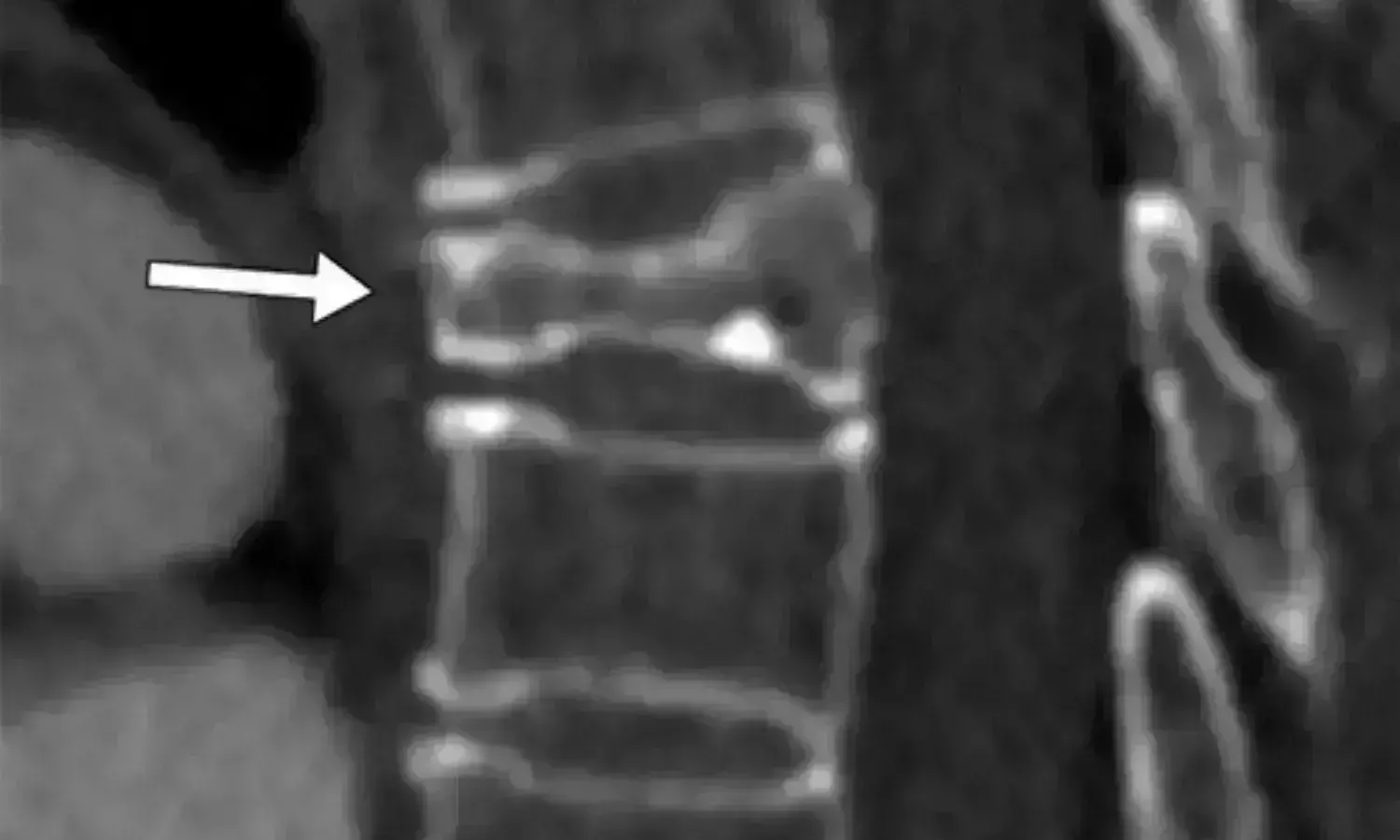- Home
- Medical news & Guidelines
- Anesthesiology
- Cardiology and CTVS
- Critical Care
- Dentistry
- Dermatology
- Diabetes and Endocrinology
- ENT
- Gastroenterology
- Medicine
- Nephrology
- Neurology
- Obstretics-Gynaecology
- Oncology
- Ophthalmology
- Orthopaedics
- Pediatrics-Neonatology
- Psychiatry
- Pulmonology
- Radiology
- Surgery
- Urology
- Laboratory Medicine
- Diet
- Nursing
- Paramedical
- Physiotherapy
- Health news
- Fact Check
- Bone Health Fact Check
- Brain Health Fact Check
- Cancer Related Fact Check
- Child Care Fact Check
- Dental and oral health fact check
- Diabetes and metabolic health fact check
- Diet and Nutrition Fact Check
- Eye and ENT Care Fact Check
- Fitness fact check
- Gut health fact check
- Heart health fact check
- Kidney health fact check
- Medical education fact check
- Men's health fact check
- Respiratory fact check
- Skin and hair care fact check
- Vaccine and Immunization fact check
- Women's health fact check
- AYUSH
- State News
- Andaman and Nicobar Islands
- Andhra Pradesh
- Arunachal Pradesh
- Assam
- Bihar
- Chandigarh
- Chattisgarh
- Dadra and Nagar Haveli
- Daman and Diu
- Delhi
- Goa
- Gujarat
- Haryana
- Himachal Pradesh
- Jammu & Kashmir
- Jharkhand
- Karnataka
- Kerala
- Ladakh
- Lakshadweep
- Madhya Pradesh
- Maharashtra
- Manipur
- Meghalaya
- Mizoram
- Nagaland
- Odisha
- Puducherry
- Punjab
- Rajasthan
- Sikkim
- Tamil Nadu
- Telangana
- Tripura
- Uttar Pradesh
- Uttrakhand
- West Bengal
- Medical Education
- Industry
Radiomics model distinguishes between acute and chronic vertebral compression fractures: Study

South Korea: Research in the journal Academic Radiology showed that a combination of radiomics with radiologic findings may enhance the performance of CT in identifying the acuity of vertebral compression fractures.
Min A Yoon and colleagues conducted the study with an objective to develop and validate prediction models to differentiate acute and chronic vertebral compression fractures based on radiologic and radiomic features on CT.
For this purpose, the researchers included acute and chronic compression fractures in patients who underwent both spine CT and MRI examinations. Three CT findings ([1] cortical disruption, [2] hypoattenuating cleft or sclerotic line, and [3] relative bone marrow attenuation) were assessed by two radiologists for each fractured vertebra. They built a radiomic score from 280 radiomic features extracted from non-contrast-enhanced CT images.
Avradiologic model was built based on CT findings and an integrated model combining the radiomic score and CT findings. Model performance was evaluated and compared. Using an independent test cohort, the models were externally validated
A total of 238 fractures (159 acute and 79 chronic) in 122 patients and 58 fractures (39 acute and 19 chronic) in 32 patients were included in the training and test cohorts, respectively.
The researchers found the following:
· The AUC of the radiomic score was 0.95 in the training and 0.93 in the test cohorts.
· The AUC of the radiologic model was 0.89 in the training and 0.83 in the test cohorts.
· The discriminatory performance of the integrated model was significantly higher than the radiologic model in both the training (AUC, 0.97) and the test (AUC, 0.95) cohorts.
The authors concluded, combining radiomics with radiologic findings significantly improved the performance of CT in determining the acuity of vertebral compression fractures.
Reference:
The study titled, "Prediction of the Acuity of Vertebral Compression Fractures on CT Using Radiologic and Radiomic Features," was published in the journal Academic Radiology.
Dr Kamal Kant Kohli-MBBS, DTCD- a chest specialist with more than 30 years of practice and a flair for writing clinical articles, Dr Kamal Kant Kohli joined Medical Dialogues as a Chief Editor of Medical News. Besides writing articles, as an editor, he proofreads and verifies all the medical content published on Medical Dialogues including those coming from journals, studies,medical conferences,guidelines etc. Email: drkohli@medicaldialogues.in. Contact no. 011-43720751


